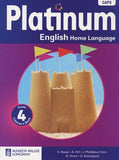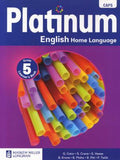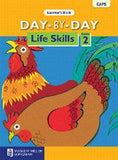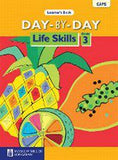
Children of Hope
In Children of Hope, Sandra Rowoldt Shell traces the lives of 64 Oromo children who were enslaved in Ethiopia in the late nineteenth century, liberated by the British navy and ultimately sent for their safety to Lovedale Institution, a Free Church of Scotland mission in the Eastern Cape which became famous as an educational institution for black teachers. Because Scottish missionaries in Yemen interviewed each of the Oromo children shortly after their liberation, using a questionnaire, we have 64 structured life histories told by the children themselves.
In the historiography of slavery and the slave trade, first-passage narratives (from capture to being put on a boat) are rare, groups of such narratives even more so. In this analytical group biography, or prosopography, Shell describes the experiences of the captives in detail and context. Using statistical methods for social sciences, she compares the children by gender, age, place of origin, method of capture, identity and other characteristics, and thus brings new insights into this region and period, as well as uncovering a little-known event in South African history. Exquisite graphs, maps and illustrations carefully detail the demographic and geographic layers of the children’s origins and lives after capture. In this way, she honours the individual stories of each child while applying scientific rigour to the historical data.
In the historiography of slavery and the slave trade, first-passage narratives (from capture to being put on a boat) are rare, groups of such narratives even more so. In this analytical group biography, or prosopography, Shell describes the experiences of the captives in detail and context. Using statistical methods for social sciences, she compares the children by gender, age, place of origin, method of capture, identity and other characteristics, and thus brings new insights into this region and period, as well as uncovering a little-known event in South African history. Exquisite graphs, maps and illustrations carefully detail the demographic and geographic layers of the children’s origins and lives after capture. In this way, she honours the individual stories of each child while applying scientific rigour to the historical data.
We Also Recommend





